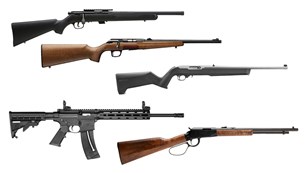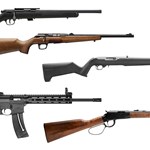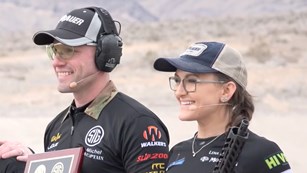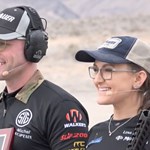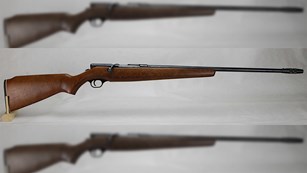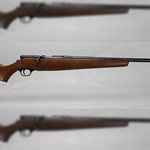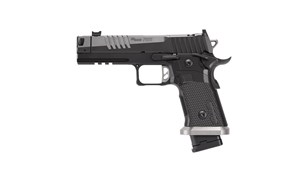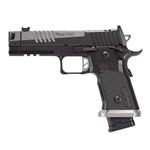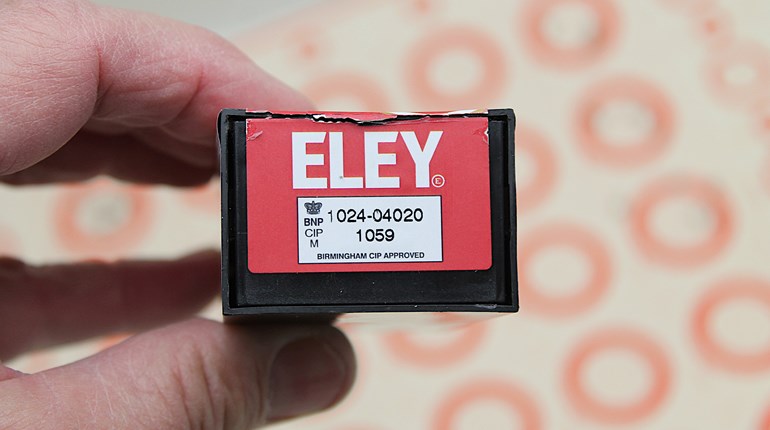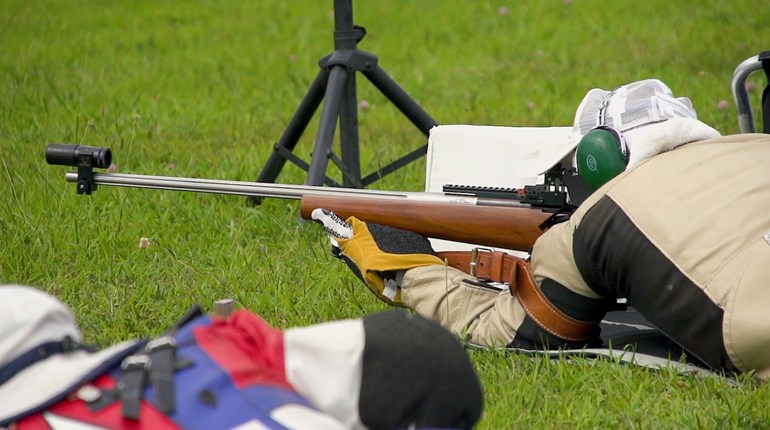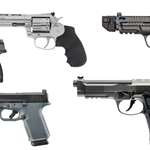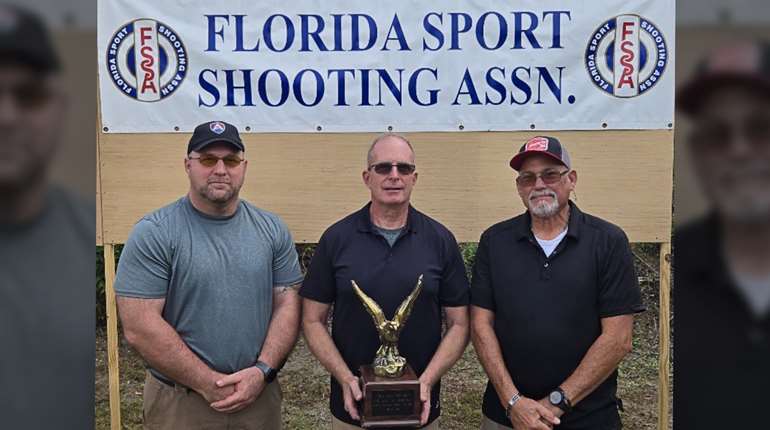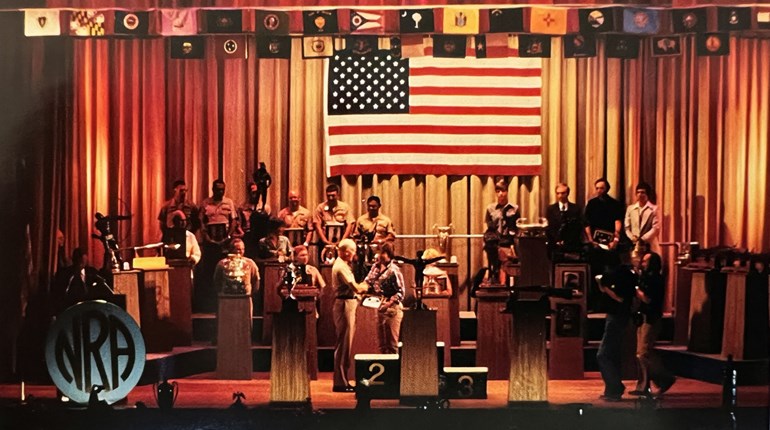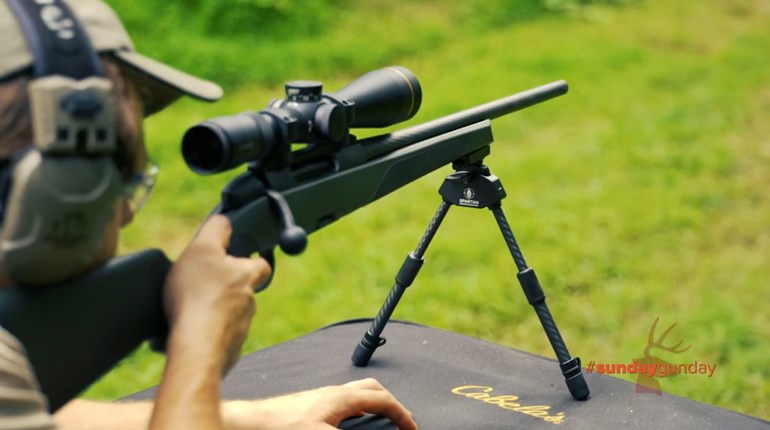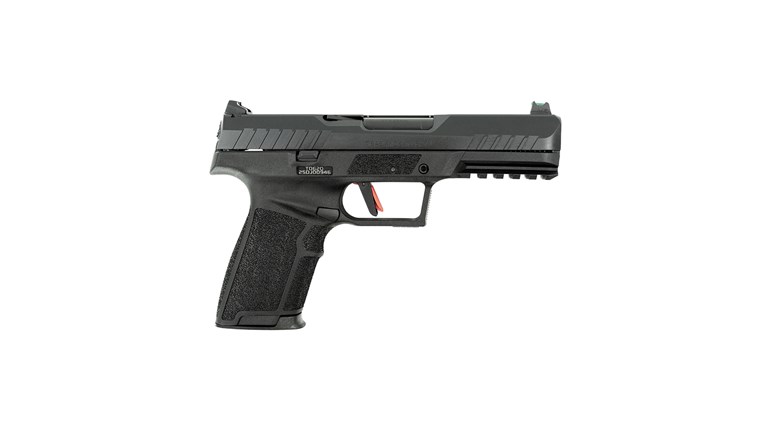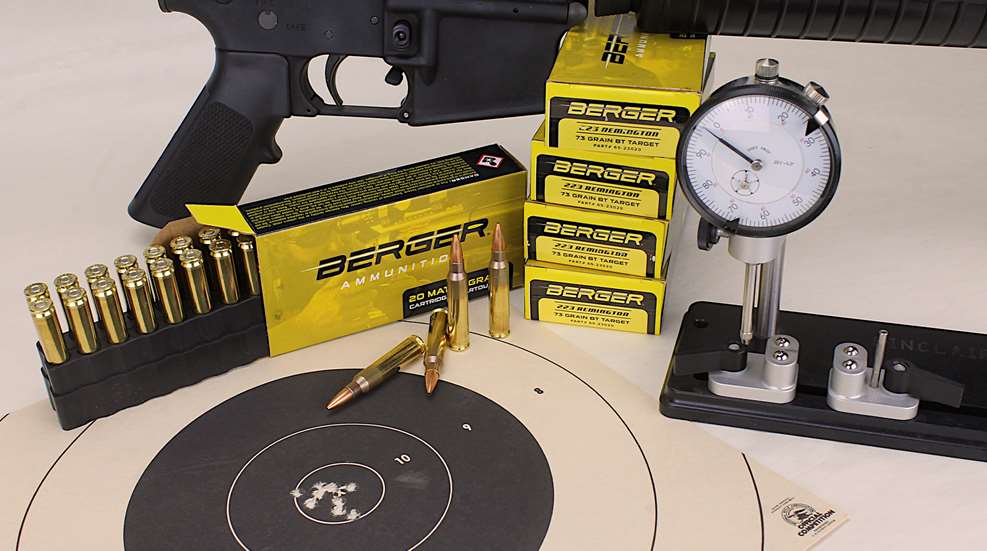
Competition rifle shooters know the Berger name. And the Lapua name. And the Vihtavuori name (even though we may have trouble pronouncing it properly). All are associated with the utmost in precision shooting, and all have been available to precision handloaders as bullet, brass and powder components. This year, they come together under the Berger banner as factory loaded precision ammunition, premiering with the .223 Remington 73-Grain BT Target load.
Precision shooting obviously requires precision-made ammunition, and when reaching way out there, precision-made bullets of high ballistic coefficient (BC) are the order of the day, as well. Handloaders who roll their own at home can lavish individual attention on assembling every individual cartridge, but such precision needed for cartridge-to-cartridge consistency can be somewhat elusive when mass producing ammunition for the shooting masses.
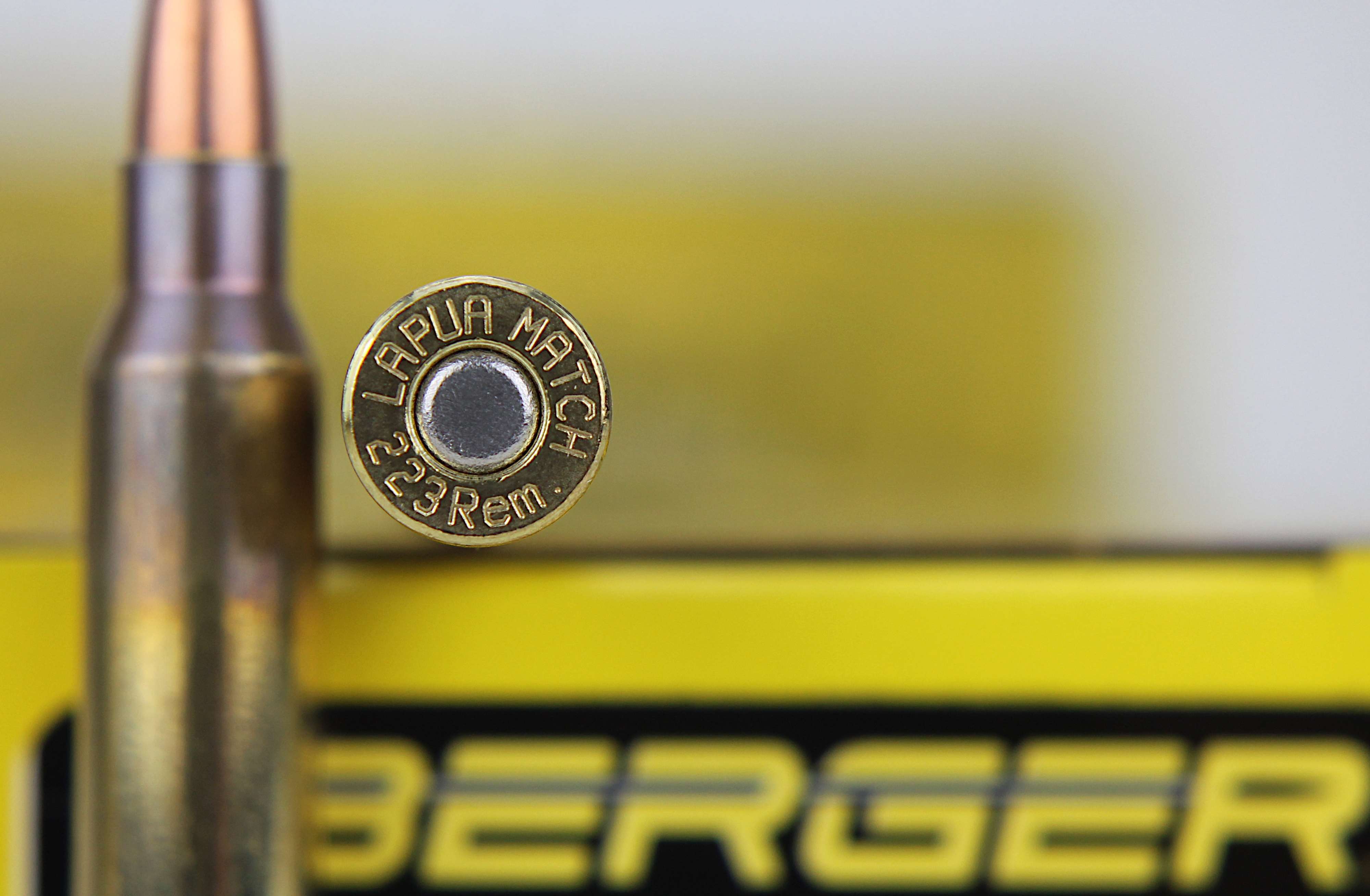
Berger Ammunition says it is accomplishing the precision and consistency competition shooters need with its new .223 Rem. 73-Grain BT Target factory load, which Berger boasts—right on the box—to be loaded to “exacting tolerances.” While one can rightfully argue that the only test that really matters is the shooting, we can still quantify and verify such a claim at the reloading bench.
Consistent to 0.07 grain
Advancing technology that is becoming affordable to Joe Handloader holds ammunition manufacturers’ toes to the fire when it comes to claims of precision and cartridge-to-cartridge consistency. With Creedmoor Sports’ TRX-925 scientific scale used here, we surpass by a factor of 10 the long-standard +/- 0.10 (one-tenth) grain that balance beam and electronic scales have provided us, as the TRX-925 measures down to .01 (one one-hundredth) grain.
Berger’s 73-grain loading shows excellent consistency even subjected to this more intensive 10x scrutiny. Of particular interest here is that, among a random sampling of 10 cartridges, the Berger bullets’ weight varied across an extreme spread of a minuscule 0.07 grain—seven one-hundredths of a grain; compare that to some hunting bullets that can vary a half-grain or more within the same box. Even some other premium match grade bullets may vary by 0.3 or more grains, so Berger is making exacting, consistent-weight match grade bullets in which competition shooters can have confidence.
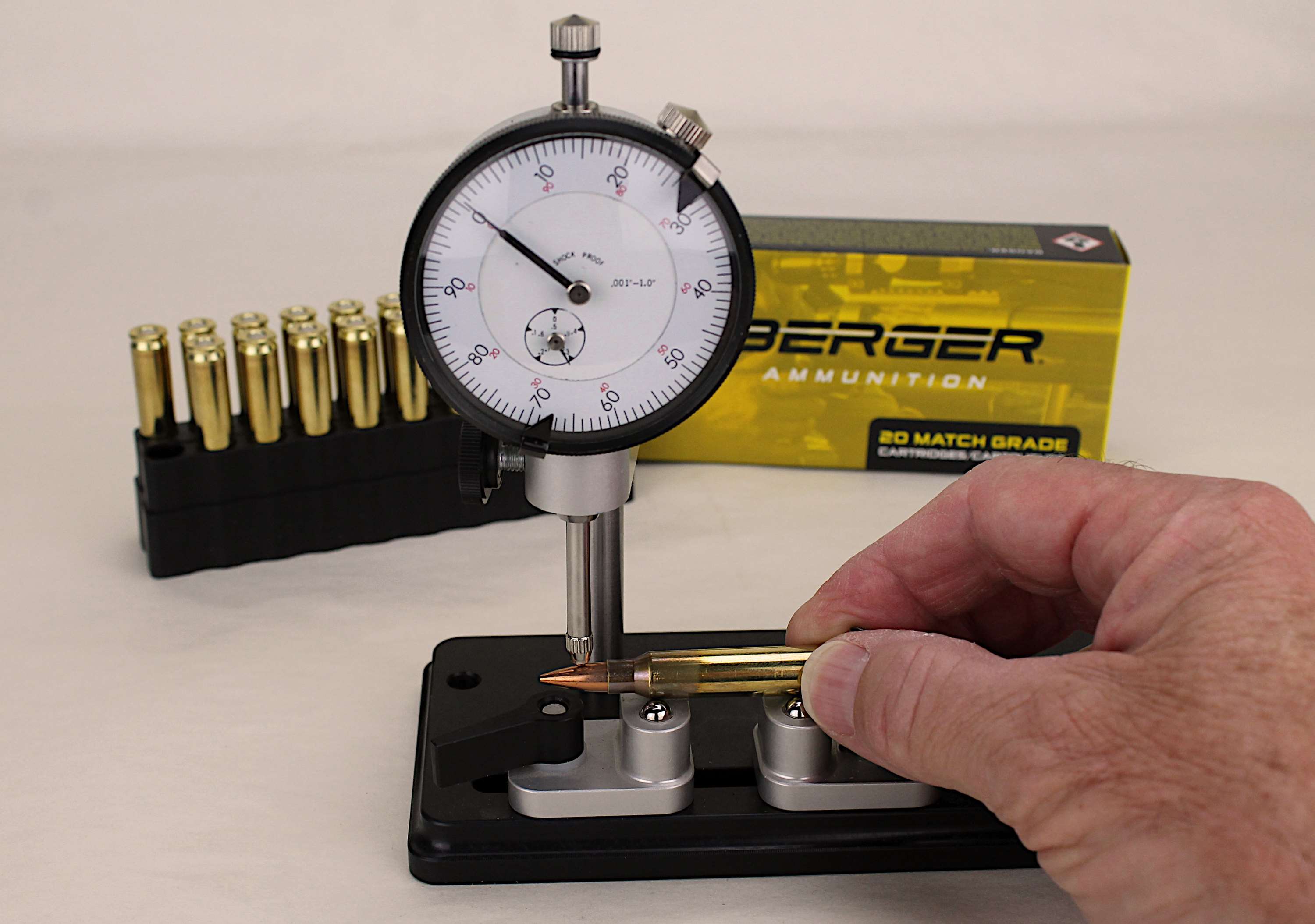
Loaded into Lapua Match cases and measured with a Sinclair bullet runout gauge, some cartridges showed bullet runouts about as close to zero as one will ever see in factory ammunition—or handloads, for that matter. Less runout means less predisposition of the bullet to yaw in flight, which reduces accuracy especially the further the bullet travels.
The data in the accompanying chart include a single cartridge outside the curve that impacted the average and increased extreme spreads (ES) among measurements. This cartridge had both the longest COL and the heaviest powder charge. While I might have tossed this one out of the analysis as an anomaly, the reality is that it is a cartridge that might have sent a bullet downrange as part of shots for record, so honesty insisted on including it as part of the random selection. Would its powder charge 0.17 grain above the average of the other nine cartridges have turned a potential center-X into a 9? At 200 or 300 yards, no; at 600 yards, no again. Note that for a century or more handloaders have been using powder scales with an industry standard of +/- 0.10 grain variance, so any two cartridges in a string could vary from each other by 0.20 grain. Have you ever heard anyone prove or even claim such a variance is the reason a called X landed in the 9-ring?
Berger 73-grain BT Target Factory Load Cartridge Analysis

*COL (cartridge overall length) measured from case base to bullet ogive with a Sinclair Bullet Comparator. From case base to bullet tip, COL averaged 2.243 inch. Results are from 10 cartridges from the same lot number selected at random among a case lot.
** Extreme Spread between maximum and minimum.
Made in Mesa—or at your bench
You won’t find information printed on the Berger box specifically identifying cartridge components beyond the bullet, Berger’s tangent ogive 73-grain BT Target. This bullet is comparatively forgiving in how much chamber leade it must “jump” before reaching the rifling, making it a good choice for the AR-15 Service Rifle, and performs well with 1:7-inch and 1:8-inch rifling twist rates, and perhaps 1:9-inch as well, though the latter is edging a bit to the slow side for a 73-grainer. Advertised muzzle velocity is 2,820 f.p.s., with 1,462 f.p.s. remaining at 600 yards; Berger gives the bullet a G1 ballistic coefficient (BC) of 0.348, and a G7 BC of 0.178.
Opening the box and checking the case headstamp reveals match-grade brass made by Lapua, which enjoys a deserved reputation for quality and consistency, especially among handloaders. Identifying the propellant required an email inquiry to the ammunition manufacturer, Capstone in Mesa, Arizona, where Marketing Director Geoff Esterline confirmed it is Vihtavuori N140. So there it is: if you prefer to roll your own, 23.5 to 24 grains of N140 in a Lapua case with a primer of your choice tossing a Berger 73-grain BT Target is a good candidate load. Plus, you can fine-tune the bullet seating depth to get the best performance in your specific rifle. Consider shortcutting load development by buying a box or two of factory ammo to see how it performs in your rifle, and you’ll already have some Lapua brass with which to reload later.
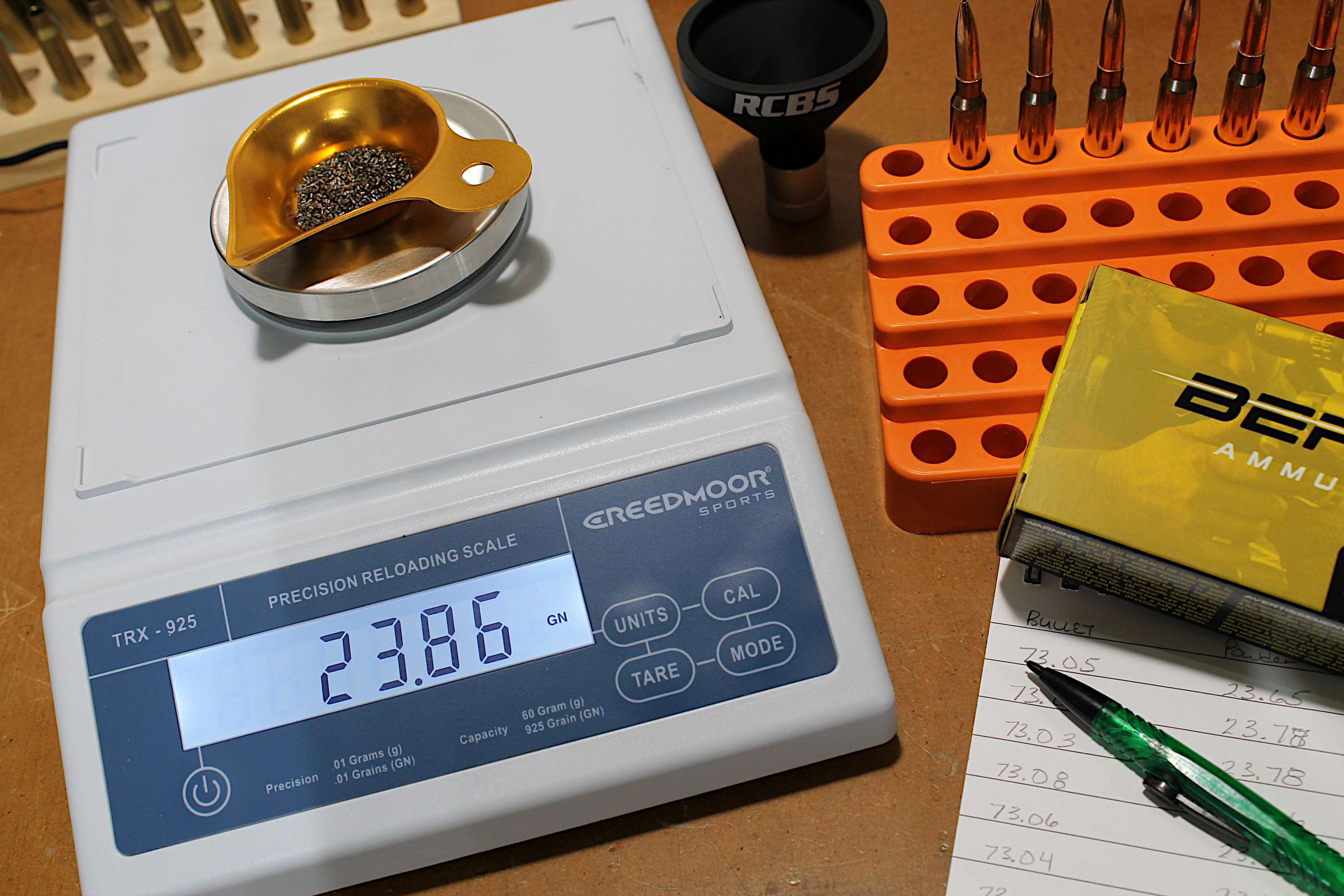
MOA Ammo
Being competition ammo, shooting 10-round groups delivers a better indication of the ammunition’s practical precision than do five-round groups. Shooting at a competition slow-fire pace from a heavy rest on a concrete bench at 100 yards, all Berger 73-grain BT Target 10-shot groups held the 1.35-inch X-ring of the NRA High Power SR-1 reduced target—essentially 1-MOA performance—from my Service Rifle. The ammunition maintained MOA at 200 yards (the maximum distance at my local range) even without attempting to correct for moderate, swirling winds. That is competition-grade performance that, years ago, we couldn’t get from factory loaded ammunition.
MSRP for Berger’s .223 Remington 73-Grain BT Target is $44.99 per box of 20 rounds, though some online searching turned up lower prices running from $41.50 down to $35. The latter, especially, is quite affordable for top-tier match grade ammo, but if you prefer to handload, all the premium components—Berger bullet, Lapua case and N140 powder—are available separately from suppliers.
For more information, visit Berger’s website. While there, you can crunch the .223 Remington 73-Grain BT Target load through Berger’s user-friendly online ballistic calculator, compare it to your present load and print out a range card before taking a couple boxes to the range.

